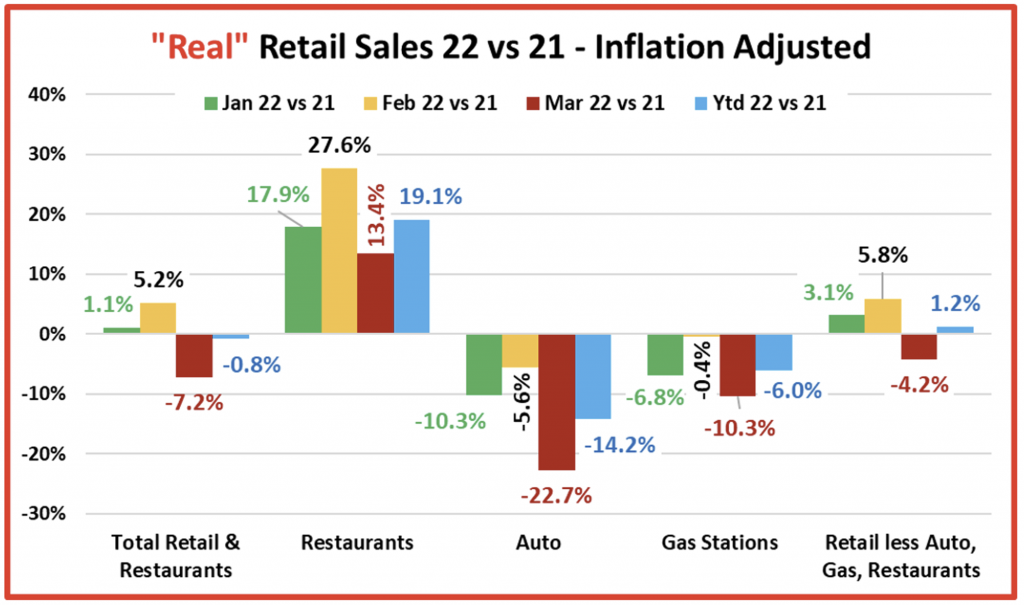Veterinary Services: Visits Aren’t Keeping Pace With Price
In part two of this series on pet inflation, we explore how inflation is affecting veterinary services.
Rising costs could spell even more trouble for pet owners already struggling to afford Fluffy and Fido and may put medical care further out of reach for these pets. Data shows 17% of dogs and 46% of cats have historically not received veterinary care.
Veterinary inflation has often outpaced other categories for its rate of inflation. During the pandemic, inflation only accelerated for veterinary services. Veterinarians have seen the cost for drugs and supplies increase, and labor has also played a role. When Walmart is paying stockers $20 an hour, this also forces veterinarians to spend more on their support staff. Technician and veterinarian positions especially are taking longer to fill, says Karen E. Felsted, CPA, MS, DVM, CVPM, CVA.
Dr. Felsted owns PantheraT, a management consulting firm that works exclusively with veterinary practices and companies in the animal health world that provide pharmaceuticals, dietary products and business services to veterinary practices.
Because many pet owners view veterinary care as essential vs. discretionary, veterinary practices have tended to fare better through recessions than some other categories in pet care.
“Leave aside the Great Recession from 2007 to 2009. If we go back to the two or three recessions before that, veterinary medicine was essentially not impacted,” Dr. Felsted says. “In the Great Recession, it was definitely more of an issue. I still remember stories of practices in Florida that were 40% down in revenue. In Texas, however, that recession came later than in other parts of the country, and it had a milder impact. Emergency and specialty practices were harder hit than general practices.”
Pet owners purchase veterinary care because they perceive the value in it. But there is a point, Dr. Felsted says, where services like veterinary care get too expensive. At that point, it stops being about value and simply becomes cost prohibitive.
John Gibbons, the Pet Business Professor and president of A GPS for Pet Businesses, has been tracking pet inflation, or “petflation,” since 2014. He agrees with Dr. Felsted.
“Veterinary is a need, but unlike food, the pet parent gets to decide how much of a need it is,” Gibbons says.
It’s also important to note median income declined from 2019 to 2020, meaning pet owners may have smaller paychecks they need to stretch a little further. The median household income currently sits at $67,521.
The opportunity for veterinary medicine to continue to grow in profitability is in boosting practice efficiency and exploring models that make veterinary care more affordable, especially for wellness care, and thus attract more pet owners. Dr. Felsted says she’s seen some practices opt to be more affordable by foregoing the costs of larger facilities with fancy waiting rooms. Pet owners have also responded positively to less expensive pop-up veterinary services in pet stores and farm stores.
Inflation Nation
Inflation has hit more broadly than the veterinary market, of course, but what’s troubling, Gibbons says, is that the storyline continues to be that sales are continuing to grow. In fact, Gibbons points out that data shows many retail channels are selling fewer products at a higher cost. Of the commonly tracked channels in the chart below, the only channel that’s growing in terms of amount of product sold is restaurants.

This trend is also reflected in veterinary care, where veterinarians likely served fewer pet owners during COVID but pet owners bought more services or paid more because of rising veterinary fees. The Veterinary Industry Tracker, powered by the American Veterinary Medical Association and VetSuccess, has regularly shown revenue growth was higher than veterinary visit growth.
Consumers have recognized price increases in a number of categories within and outside of the pet marketplace. Companies in the pet industry can respond to necessary price increases with clear and transparent communication on social media, through PR efforts and with messaging to their clients and consumers.
What does the future hold for pet owner spending, especially if the predicted recession hits? Gibbons will continue tracking the numbers, and we’ll keep watching with a careful eye to each of these four categories.
Portia Stewart is a senior consultant at Curious Plot, focusing on the companion animal market. She is a former team channel director for dvm360 and former editor of Firstline magazine, part of a nearly 20-year career working in companion animal health media.
